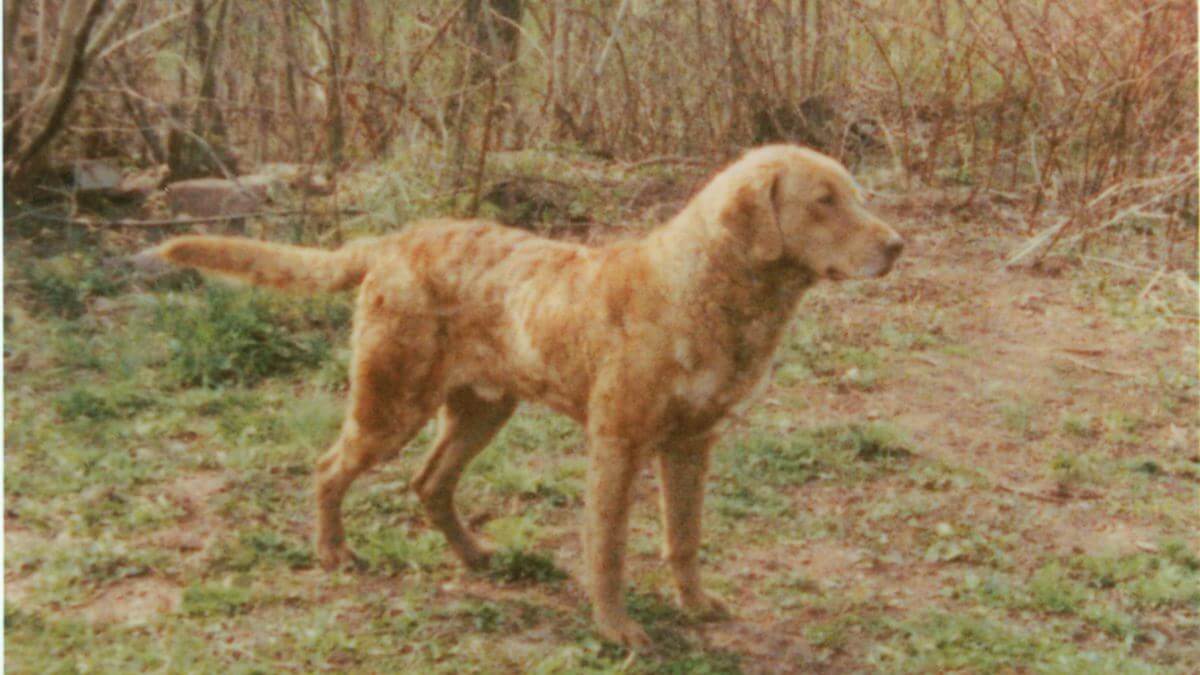
Home » The Chesapeake Bay Retriever in the Field

This article was originally published in Showsight Magazine, July 2020 issue.
Maryland in the 1800s was a sportsman’s paradise, with a variety of waterfowl in the Chesapeake Bay, lakes, rivers, and marshes. This setting required a superior hunting dog, leading to the development of the Chesapeake Bay Retriever, the premier waterfowl dog. Two Newfoundland puppies rescued from a shipwreck in 1807 were bred with local dogs to create a strong, determined, and gentle retriever for both watermen and gentlemen hunters. Their success was formalized in 1878 with AKC recognition, and it continues today.
Although the Chessie ranks below Labs and Goldens in registrations, many hunters prefer them. Chessies retrieve ducks, geese, and upland birds like pheasant, quail, and doves, making them strong and adaptable to all bodies of water and terrains. They’re tolerant of cold and heat. Chessies are independent thinkers with a strong drive, so hunters must be careful not to send them into risky situations, such as strong currents or overly hot upland hunts.
Many dog fanciers also value Chesapeakes for their dual-purpose capabilities—successful in both field and show ring. Their dense double coat provides protection, yet requires minimal grooming, allowing them to compete in both activities on the same weekend. Chessies excel in field trials, with 140 Champion/Master Hunter Chesapeakes and more than twice as many Labrador retrievers achieving both titles. Although they compete less in field trials, there have been some great Field and Amateur Field Champions, as well as 19 elite Dual Champions.